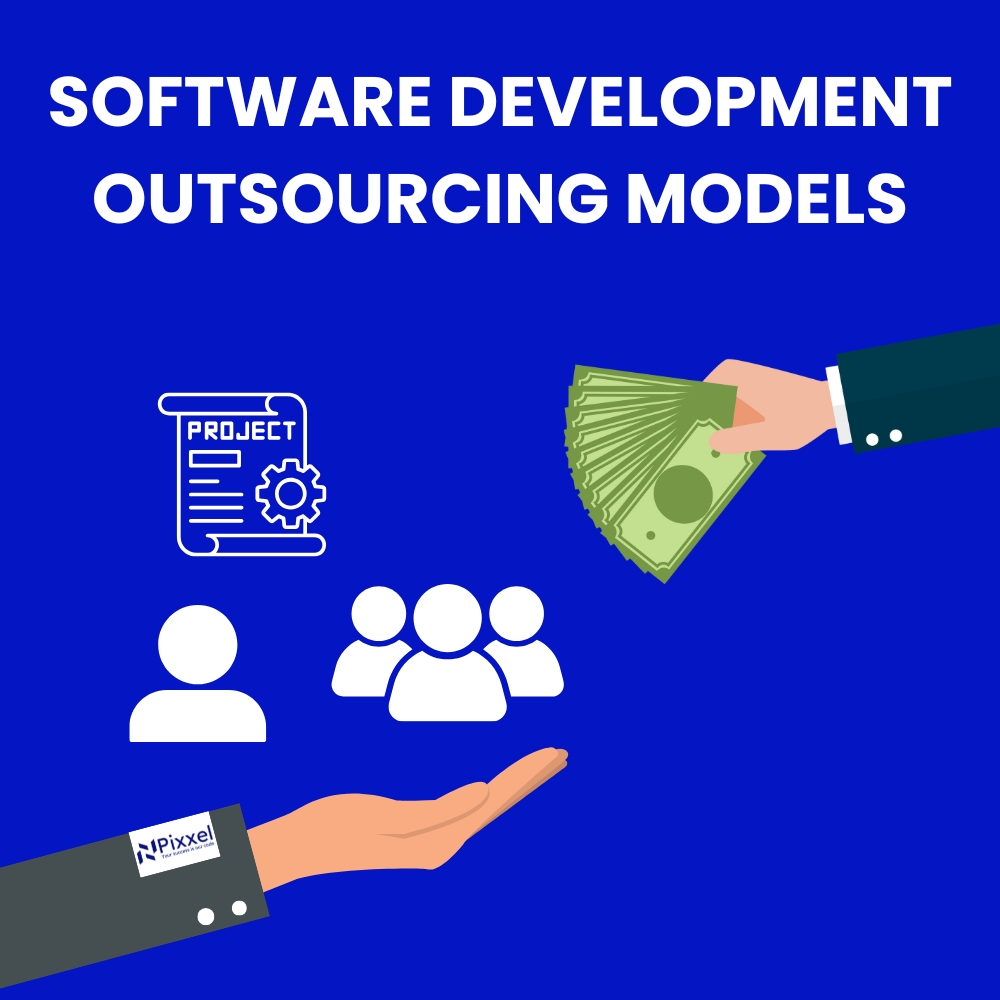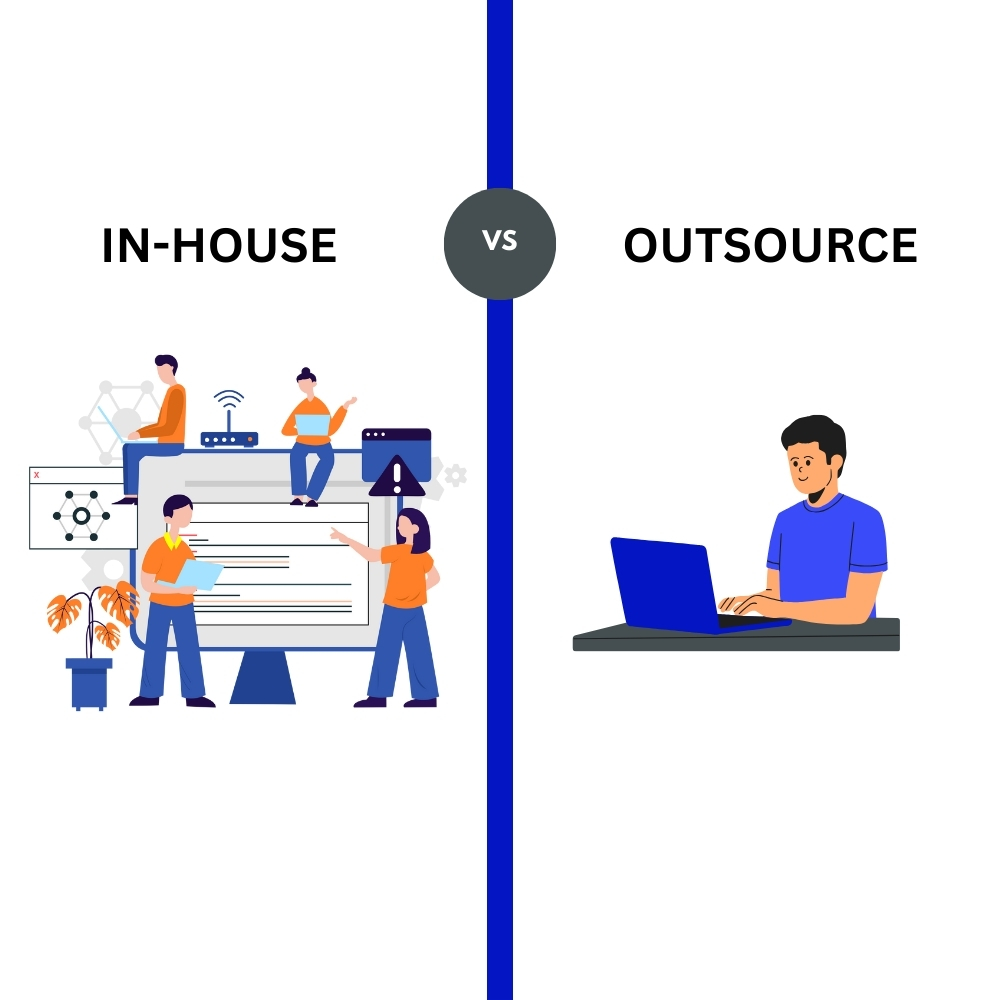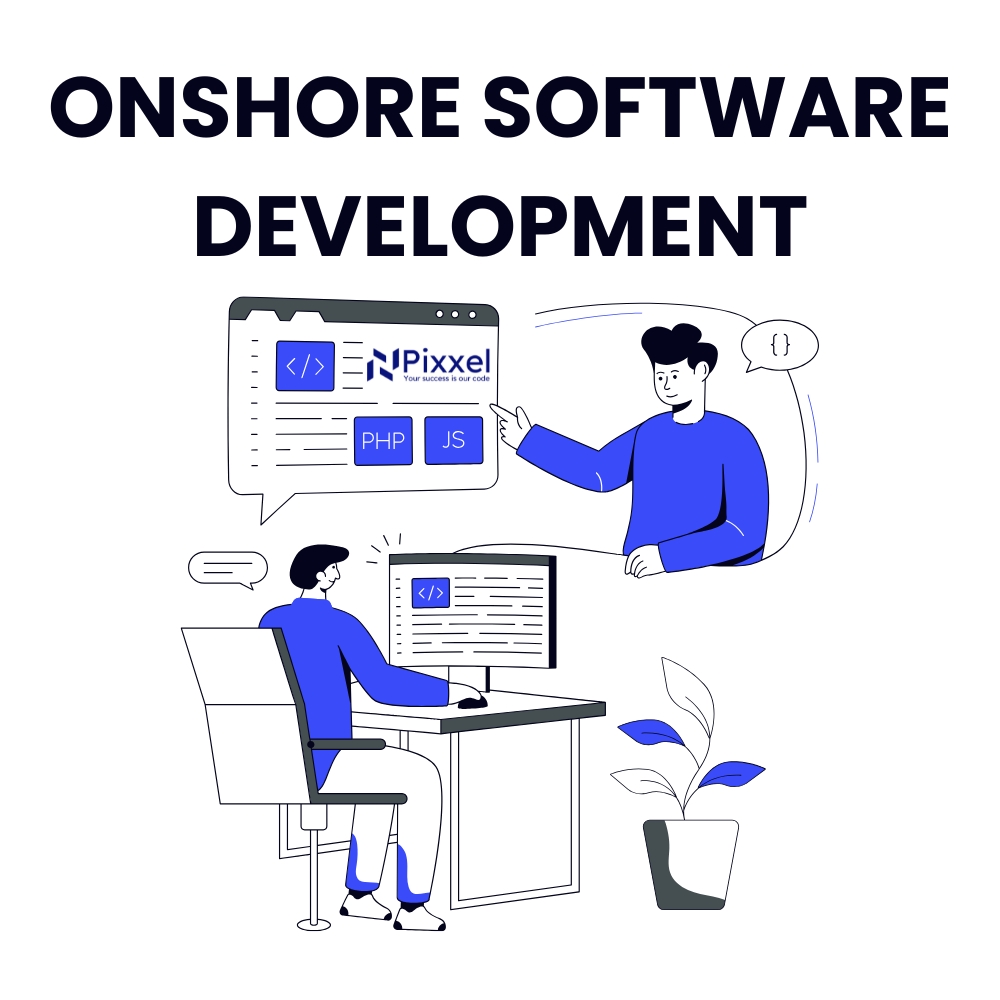In today’s fast-paced business world, flexibility is the key to staying ahead. But what happens when your team lacks the right skills to meet project demands? Enter staff augmentation—a game-changing hiring model that gives you instant access to top talent without long-term commitment. In fact, the global staff augmentation market is projected to reach $350 billion by the end of 2024, reflecting its growing importance in modern workforce strategies.
Whether you’re looking to scale your development team, meet tight deadlines, or fill specialized roles, staff augmentation helps you get the job done—efficiently and cost-effectively. But how does it compare to traditional hiring and outsourcing? Let’s dive in and explore why more companies are making the shift.
Key Takeaways
- Staff augmentation helps businesses scale quickly, reduce hiring costs, and gain access to skilled professionals.
- It differs from traditional hiring, outsourcing, and managed services by keeping control in your hands.
- Choosing the right augmentation model depends on your business needs and project length.
- While there are challenges, proper integration and communication help ensure success.
- Finding the right partner requires research, clear expectations, and careful evaluation.
What is Staff Augmentation?
Staff augmentation is a software development outsourcing model that allows you to temporarily expand your workforce by integrating our skilled external professionals into your existing teams. These professionals are not permanent employees but work alongside your in-house staff to fill skill gaps, manage workload spikes, and accelerate project completion.
This model provides flexibility, allowing you to scale up or down based on project needs without the long-term commitment and costs associated with traditional hiring.
Staff augmentation is different from traditional hiring and outsourcing. It gives you skilled professionals when you need them, without long-term commitment and while keeping control of the project in your own hands. You get full control over the work while avoiding the risks of hiring full-time employees.
Staff Augmentation vs. Team Augmentation vs. Project-Based Model
| Characteristic | Staff Augmentation | Team Augmentation | Project-Based Model |
|---|---|---|---|
| Definition | Hiring individual resources to fill specific skill gaps in an existing team. | Hiring an entire team to complement the existing workforce and work on a defined scope. | Outsourcing an entire project to a third-party vendor who takes full responsibility for its execution. |
| Control & Management | Client has full control over the team and project management. | Client has partial control, but the augmented team operates independently. | The vendor manages the project with minimal client intervention. |
| Engagement Model | Temporary, on-demand hiring to cover skill shortages. | Long-term engagement with an external team integrated into the client’s workflow. | Fixed or flexible engagement based on a predefined scope and timeline. |
| Scalability | Easy to scale up or down based on needs. | Flexible, but typically meant for medium- to long-term collaboration. | Scaling is limited once the project scope is agreed upon. |
| Integration Level | Individuals integrate directly into the client’s existing team. | A dedicated team works alongside the client’s internal teams. | The project is outsourced completely with little to no integration with the client’s internal team. |
| Benefits | Quick access to specialized talent, cost-effective for short-term needs, and flexible hiring. | Efficient team scaling, faster project execution, and access to external expertise. | Minimal client involvement, predictable outcomes, and reduced management overhead. |
| Best For | Short-term needs, filling skill gaps, or dealing with workload spikes. | Scaling teams efficiently for ongoing development and long-term projects. | Outsourcing complete projects when internal expertise or bandwidth is lacking. |
| Risk & Accountability | Higher risk for the client as they manage the resources. | Medium risk, as the external team is partially managed by the vendor. | Lower risk for the client as the vendor is accountable for project success. |
When is Staff Augmentation the Most Suitable Model for Your Projects?
Some situations make staff augmentation the perfect solution. If your company lacks certain skills, has urgent deadlines, or needs to control hiring costs, this model helps keep things on track.
- Quickly fill expertise shortages for specific projects.
- Expand your workforce temporarily to meet tight schedules.
- Avoid expenses tied to full-time hires while ensuring productivity.
Filling Skill Gaps for Short-Term or Specialized Needs
Every project requires a unique set of skills, and not all businesses have experts in every domain. Whether you need a cybersecurity specialist, a data scientist, or an AI developer, hiring full-time for a short-term need isn’t practical.
Staff augmentation allows you to bring in professionals with the required expertise for a defined period. Once the project is completed, they exit, saving you from long-term employment obligations.
Scaling Teams Quickly for Deadlines and Business Growth
When a project’s scope expands or an unexpected deadline arises, your in-house team may struggle to keep up. Hiring permanent employees takes time, and delaying the project can be costly. Staff augmentation provides immediate access to skilled professionals who can integrate seamlessly into your workflow. This flexibility ensures your business can meet demand spikes efficiently without overstaffing once the project is complete.
Why not just hire freelancers?
While freelancers can also fill the gap, you benefit from quality control from us. Without industry expertise or development skills, it can be challenging to distinguish top talent from less qualified candidates. Moreover, the time required for onboarding can add up, and in many projects, every moment counts.
Reducing Hiring Costs and Avoiding Long-Term Commitments
Recruiting and onboarding full-time employees involve significant expenses, including salaries, benefits, office space, and training. For businesses that only need extra hands for a limited period, staff augmentation offers a cost-effective alternative.
You only pay for the work being done, eliminating unnecessary overhead. Additionally, it reduces the risk of layoffs by ensuring you only hire for immediate needs, keeping your workforce lean and efficient.
Key Benefits of Staff Augmentation
Staff augmentation gives companies access to skilled professionals while keeping costs low. It offers flexibility, faster hiring, and full project control.
- You access a vast pool of talent faster.
- Augmented teams are flexible and scalable according to your needs.
- It is cost-effective for temporary workforce expansion.
- You have full project management control.
Faster Access to Skilled Talent
Finding the right person for a job can take months. With staff augmentation, you get access to pre-vetted professionals from our company. They join your team quickly and start working right away. You can even find specific talent that is required in your in-house team this way.
Increased Flexibility and Scalability
Business needs change. Staff augmentation helps you adapt. You can scale your team up or down as needed. This is perfect for companies with fluctuating workloads. You can easily add more people to your in-house team at the time of need and scale them down when your project or deadline is done.
Cost-Effective Workforce Expansion
Hiring full-time employees is costly. With staff augmentation, you avoid expenses like office space, equipment, and benefits. You only pay for the time and expertise you need. It also helps you acquire the needed talent fast and avoid lengthy hiring processes.
Maintaining Project Control While Expanding Capacity
Outsourcing means giving up control. With staff augmentation, you stay in charge. Augmented staff works as part of your team, following your processes and goals. You can manage your project according to your needs and requirements while our augmented staff works alongside you.
Potential Challenges of Staff Augmentation
While staff augmentation has many benefits, there are challenges. Knowing how to manage them ensures a smooth experience.
- Integration with the in-house team can be tricky.
- Staff augmentation can be less cost-effective for long-term projects.
- Effective communication requires extra effort.
- Security, compliance, and legal issues may arise if not handled properly.
Integration Issues with the Existing Team
Bringing in external professionals can create friction. Since you are incorporating new staff into an already existing team, communication gaps may arise. Some employees may resist working with temporary staff. To fix this, encourage teamwork and clear communication.
Managing Costs and Avoiding Long-Term Dependency
Staff augmentation is cost-effective in the short term. However, relying too much on external talent can be expensive. Plan your workforce strategy carefully to avoid unnecessary costs. It is important to determine your project needs so you can better evaluate which model works best for you.
Ensuring Effective Communication and Collaboration
If you incorporate remote professionals into your team, they will need clear communication. We use tools like Slack or Zoom to keep everyone aligned. Regular meetings also help avoid misunderstandings.
Compliance, Legal, and Security Considerations
Hiring external staff means dealing with contracts and compliance. We make sure all agreements cover data security, confidentiality, and intellectual property protection.
Finding the Right Staff Augmentation Company
Choosing the right partner is crucial. A good staff augmentation company will provide skilled professionals who fit your needs.
For an in-depth overview, check out our article: How to Choose a Software Company?
Identifying Your Project’s Skill Requirements
Before looking for a partner, define what you need. Identify skill gaps in your team. Decide if you need short-term or long-term staff augmentation. There are many factors to consider before determining your requirements.
- Project Scope & Goals
- Required Skill Sets
- Budget & Cost Constraints
- Project Timeline
- Team Structure & Gaps
- Management & Oversight
- Communication & Collaboration
- Security & Compliance
Evaluating Potential Vendors and Their Expertise
Not all staff augmentation companies are the same. Check their expertise. Look at their experience in your industry. Make sure they have a pool of skilled professionals and relevant experience in projects similar to yours.
A good provider will have references and case studies. Look for client reviews and testimonials—a company with a strong track record is more reliable.
Negotiating Terms and Setting Clear Expectations
Once you find the right partner, discuss the terms. Ensure contracts include project timelines, payment structures, and responsibilities. Clear agreements prevent issues later.
NDAs and contracts are crucial steps in choosing a staff augmentation partner. At Pixxel Solutions, we sign an NDA to ensure your data security. In addition, all intellectual property rights remain with you during our collaboration. Setting clear expectations and adhering to these protocols helps ensure a seamless partnership.






